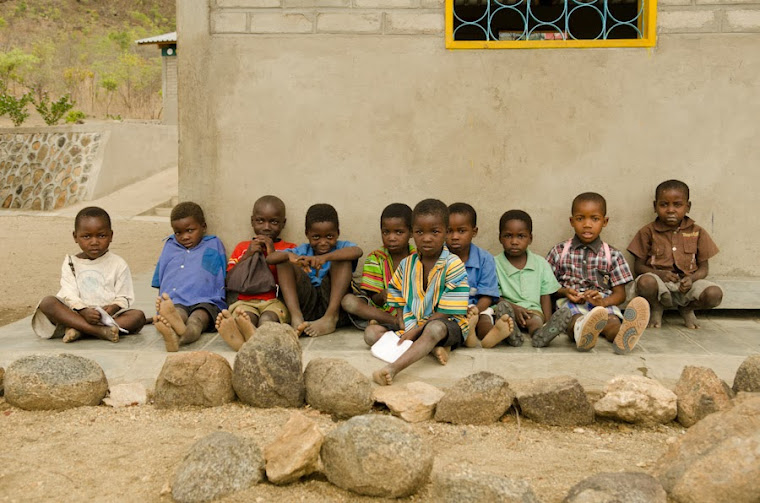registration of refugees
Daily Maverick
ad space 1
Thursday 23 April 2015
Friday 10 April 2015
My photos of the floods
Concern Universal shows the photos I made for them of the floods here in Malawi.
https://concern-universal.org/re-write/international-aid/malawi-flooding-pictures/
https://concern-universal.org/re-write/international-aid/malawi-flooding-pictures/
Tuesday 7 April 2015
Slow sync flash
 |
| Sheckly, photo 1 |
 |
| photo 2 |
 |
| photo 3 |
 | |
| photo 4 |
Photo 2 is a variation on this. In this case the red lines
are laser lights moving by themselves. The strong coloured lights on top and at
shoulder height are stationary lights, their streaks are caused by camera
shake.
 |
| photo 5 |
Sunday 1 February 2015
Wild life
 |
| scorpion 1 |
The first thing you notice, technically, in a macro photo is the limited depth of field: shallow focus. The depth of field depends on two things: the aperture, and the size of depiction. The smaller the aperture (higher f number) the deeper the focus. That is a simple camera setting. The only restriction is that a small aperture needs a lot of light. In this case I used bounce flash, so I had light, but it is limited. I used f8.
The size of depiction is determined by the lens, in this case a tele lens of 200mm. That gives big depiction, so shallow focus. The other way to change the size of depiction is going closer to the subject. I used a close up attachment on the lens to go close,
 | |
| scorpion 2 |
 |
| scorpion 3 |
After the photo session I put a glass over it, and moved it to the garden where I set it free.
Subscribe to:
Posts (Atom)

